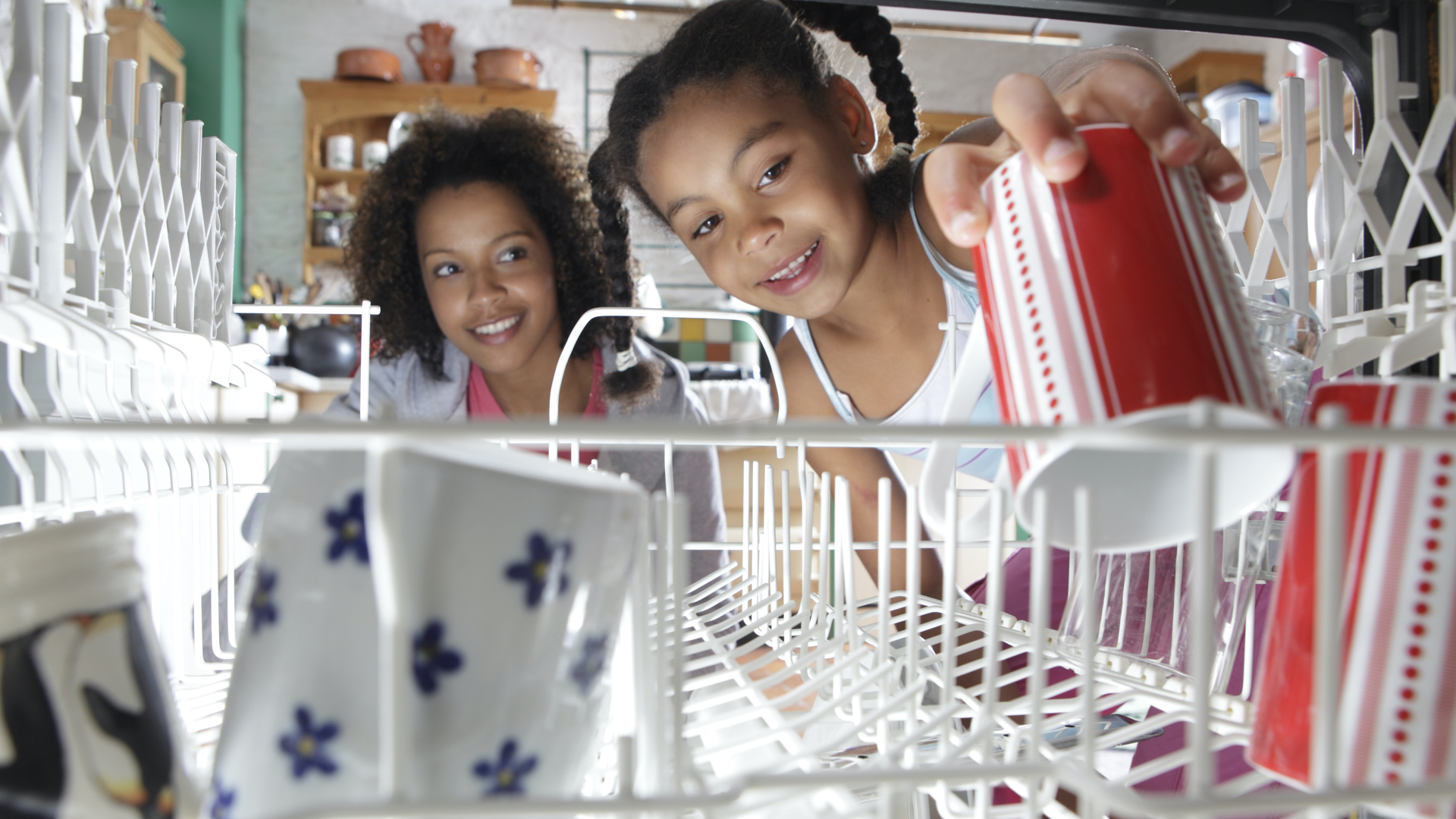

Knowing how to load your dishwasher the right way isn't something they teach in school, as that would take away time that could be devoted to useful stuff, like trigonometry and learning how to say 'where is the post office?' in French. But if you ask T3, that is bang wrong.
When it comes to domestic chores, the best dishwashers have to be one the most useful kitchen appliances to ever be invented. Let’s face it, nobody wants to throw on the Marigolds and spend endless hours scrubbing away at dirty dishes all day. But are you failing to get the most out of this incredibly useful machine by loading it wrongly? We bet you are.
While filling up the dishwasher it may seem like a simple task – what could possibly go wrong? – there is actually a correct method to stacking your dishwasher. What goes on the top rack? What direction must the plates face? And what side up should your cutlery be placed? And while everyone has their own jigsaw-puzzle method, these are often the root of many household disputes!
Filling a dishwasher properly is essential for making sure your dishes and glasses come out sparkling clean and streak-free. Overstacking your dishwasher can affect the washing results, particularly if items are placed at awkward angles where the water spray jets can’t reach the dirt effectively or items are not able to dry. This also wastes the energy and time involved in rewashing – a cardinal sin, in our opinion, and one of the ultimate dishwasher mistakes to avoid.
So find out here if you’ve been loading the dishwasher the right (or wrong) way according to the experts!
1. What items goes on the top rack?
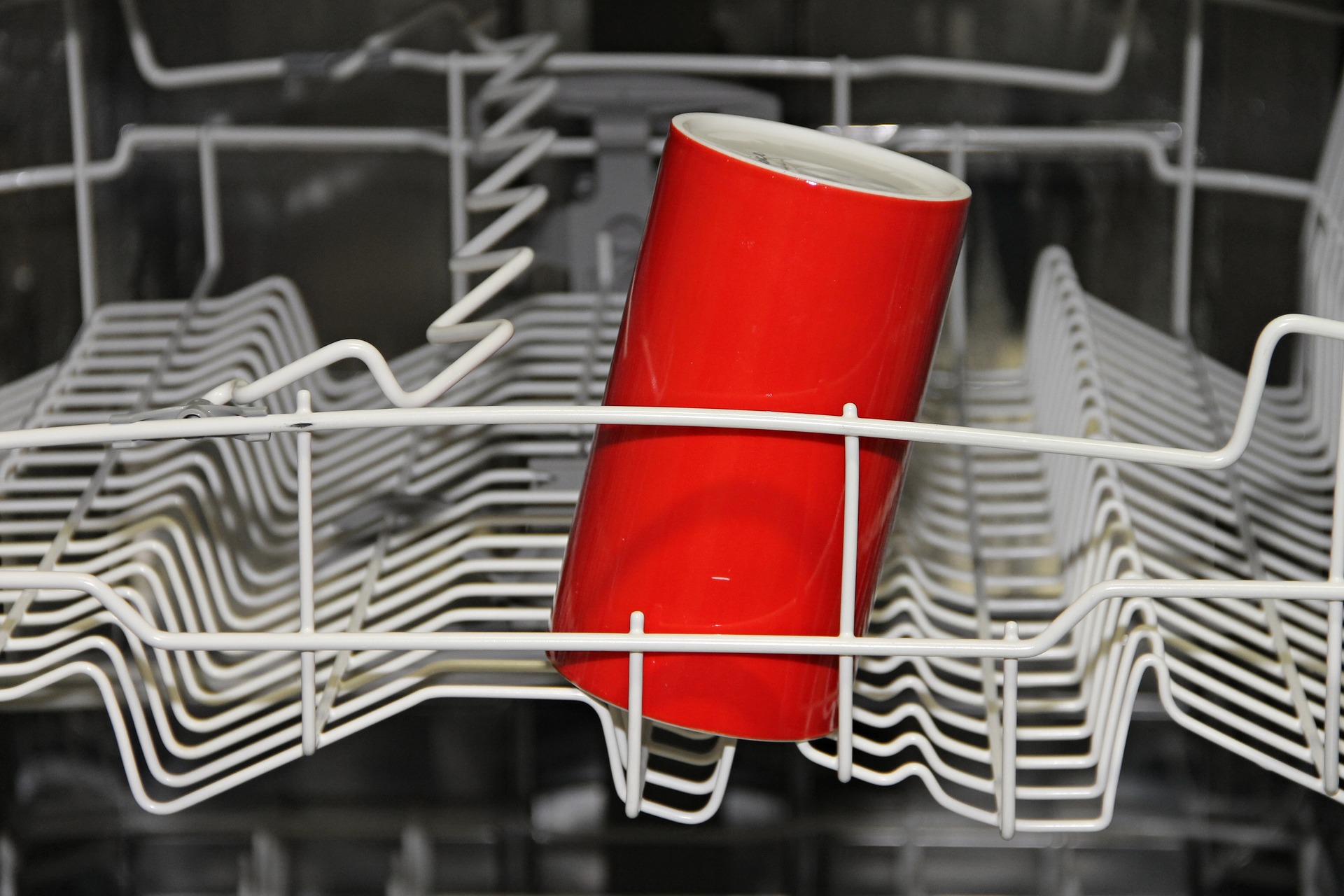
The top rack is designed for glassware, mugs, saucers, bowls and smaller items. This includes the lightweight, dishwasher-safe, plastic storage containers. Always place the dirtiest side of items down at an angle so that the detergent can reach inside and drain properly. Glasses should not be placed over the tines (the vertical prongs that section your plates) but beside them. Some top racks come with safety wine glass holders which prevents them from getting cracked. Tupperware can be placed flat while plastic container lids can be placed sideways in the tines. It’s worthwhile to always check if your plastic containers are ‘dishwasher proof’ before putting them in. You don’t want them to melt or get heat damaged.
2. What goes on the bottom rack?
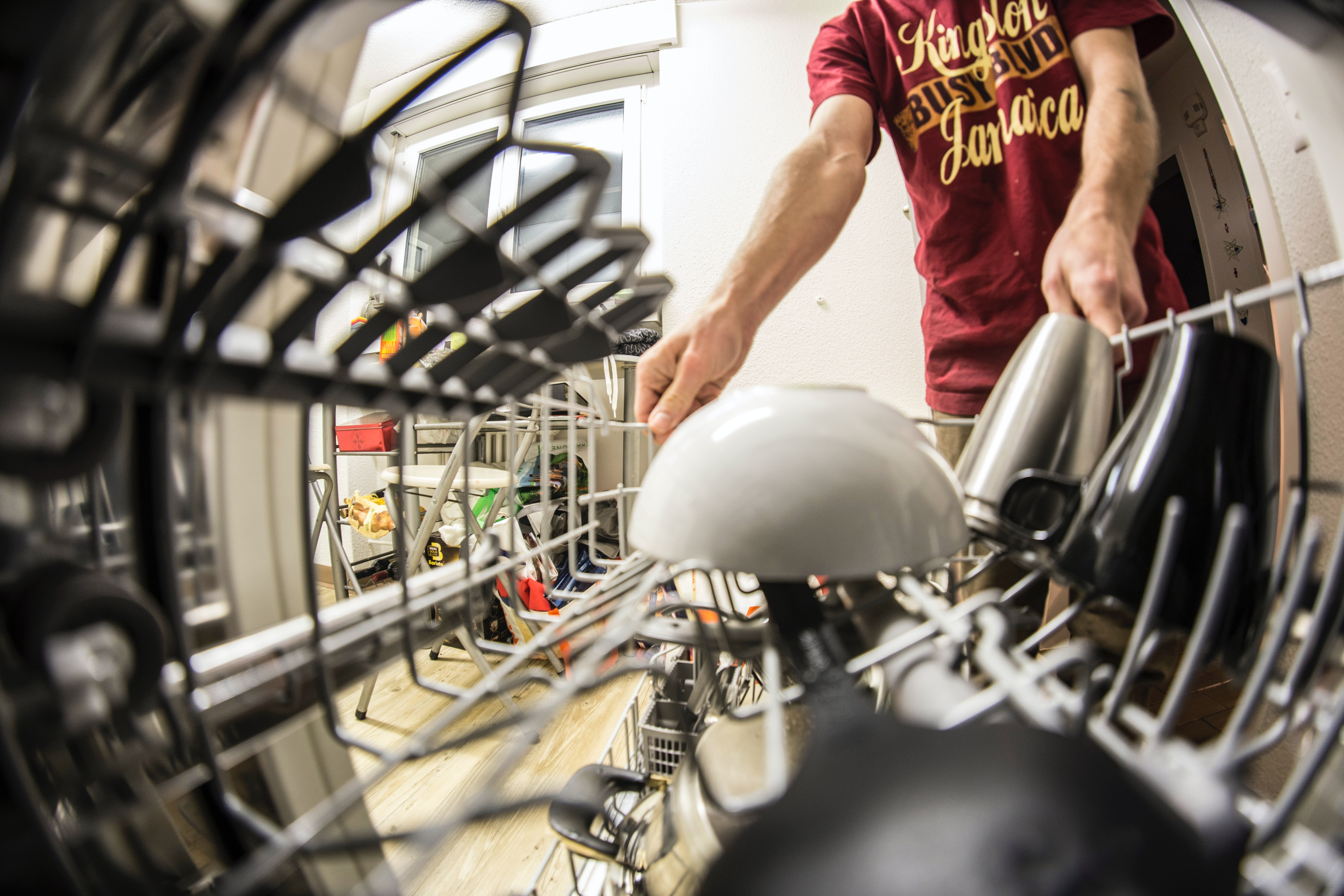
The bottom rack is the spot for dinner plates, pots, pans, mixing bowls, and larger items. Here you use the tines to keep dishes upright and separated to ensure maximum wash. Pots, pans, and large bowls go upside down and ensure they are not nested as the water won’t be able to reach all surfaces. Dishwasher proof baking trays should be placed facing inward on the outer edge to ensure maximum spray, without blocking the soapy water from the other dishes. While chopping boards and serving plates should be placed at the back and along the sides. Water bottles can often be tricky to wash properly and as long as it’s ‘dishwasher safe’, these can be placed on the bottom rack. Just like glasses, these should be placed upside down next to the tines on the rack. Most racks are adjustable to accommodate larger or awkward sized items on the bottom rack, just be sure the spray arms have enough room to rotate.
Sign up to the T3 newsletter for smarter living straight to your inbox
Get all the latest news, reviews, deals and buying guides on gorgeous tech, home and active products from the T3 experts
3. How do you stack plates correctly?
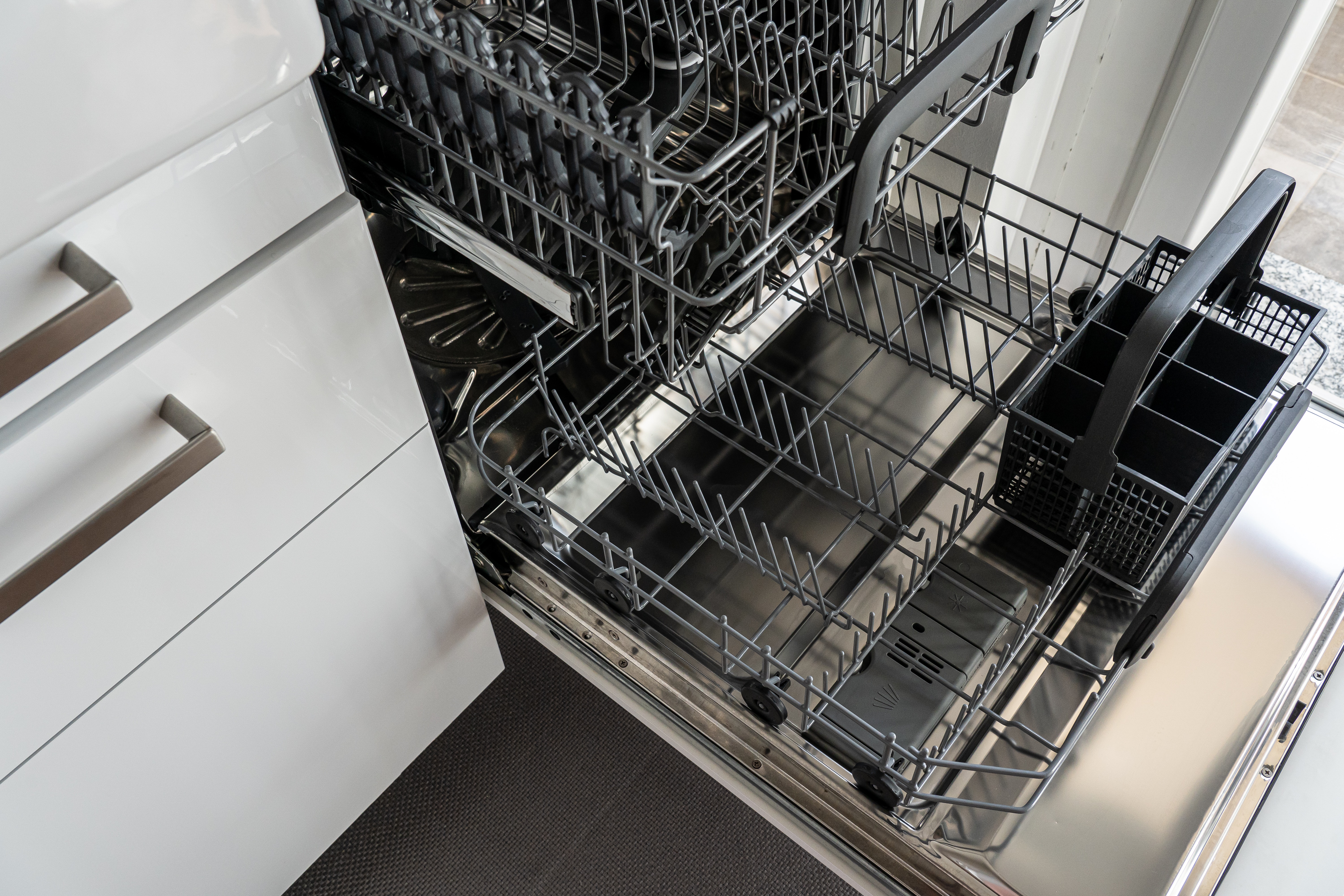
While it may seem pretty straightforward, there is a basic rule. Slot the plates in the tines of the bottom rack, facing towards the centre. Even if they lean in a little, lean them downwards. The reason is that the rotating devices and jets spray water outward from the centre, down and outward from the top and up and outward from the bottom. So your plates should be positioned this direction for a maximum clean. Try not to let surfaces touch so they are not nested together, as will also affect the drying process.
4. How do you place silverware in the holder?
All dishwashers vary, and their silverware basket may be designed or positioned differently. Most baskets are usually placed at the front of the bottom rack, and have slots to place individual cutlery. These should be arranged so they are not all facing the same direction. Forks and spoons should be placed eating end up, while knives should be loaded with the blade down to ensure better cleaning results. If your basket doesn’t come with slots, never place all the cutlery in one section of the basket or they will nest and not get cleaned properly.
5. How do you wash large utensils?
Cooking utensils, serving spoons, spatulas or tongs are usually too tall to fit in the holder, and will only get in the way of the spray arms. These are best to be placed flat on the top rack so that all the greasy surfaces will get clean.
6. What items to NEVER put in the dishwasher
Despite thinking our hand-washing days are over, some items simply should never be put in the dishwasher (sorry!). Items include ceramic-coated cookware, delicate china or fancy gold-trimmed plates that are prone to serious damage. Crystal glasses should always be hand-washed to retain that sparkle, and avoid cracking. Also, cast iron, aluminium and copper pots and pans will rust quickly and discolour, while non-stick pans will have any coating stripped away from detergent chemicals. In addition, wooden utensils and chopping boards can get damaged or warped by the high-intensity heat in a dishwasher and it’s always best to check that kitchen knives are dishwasher-proof.
TOP TIP: To pre-rinse, or not to pre-rinse…
That is the question many ask before loading a dishwasher. Is it better to rinse under the tap to give it a head-start or not? While experts recommend to always scrape food off our plates, the answer to pre-rinse is a firm no. This is because our dishes need to be dirty for the dishwasher soap enzymes to do a great job. Enzymes work by latching on to food particles, so without any gunk, your detergent won’t have anything to latch onto. So now we know the secret to getting our dishes clean and sparkling!
Cynthia Lawrence is a freelance lifestyle journalist and digital editor for national publications. She also has a rather unhealthy obsession for Homes & Interiors, and loves a good bargain.
-
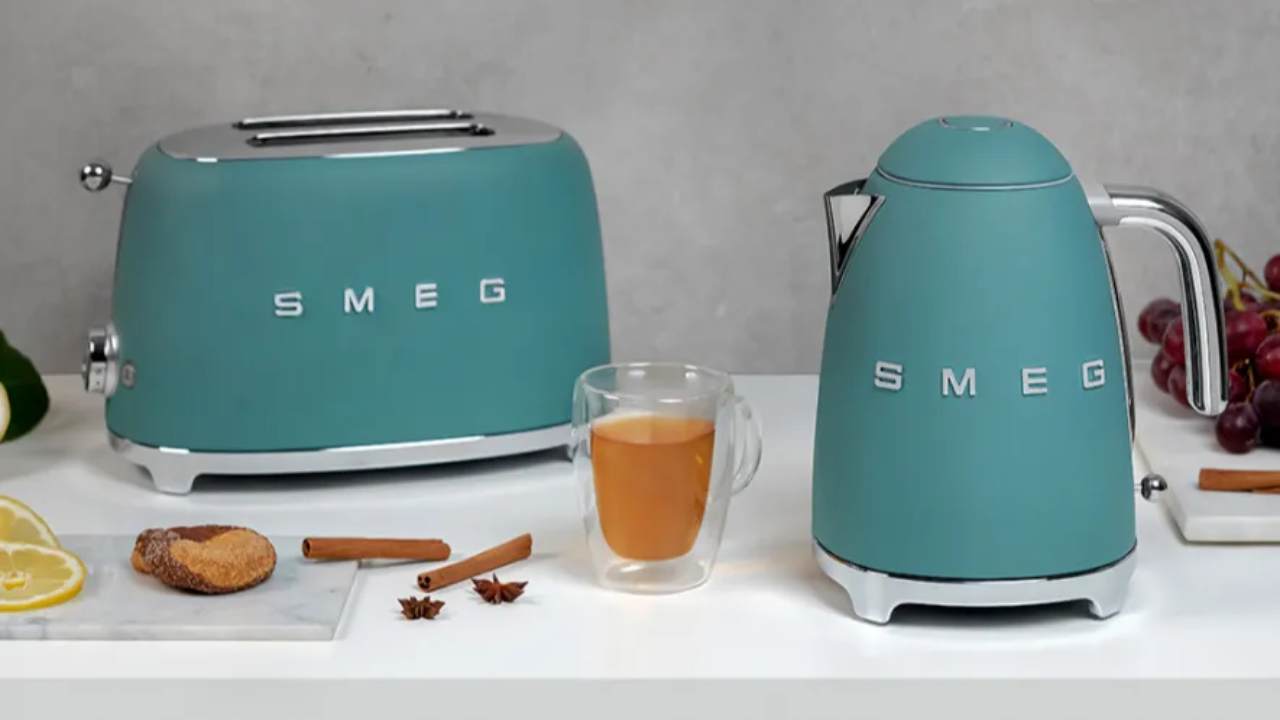 Forget Pantone – Smeg’s Colour of the Year kitchen appliances might be my favourite yet
Forget Pantone – Smeg’s Colour of the Year kitchen appliances might be my favourite yetSmeg reinvents its toaster, kettle and scales with a new jade green colourway
By Bethan Girdler-Maslen
-
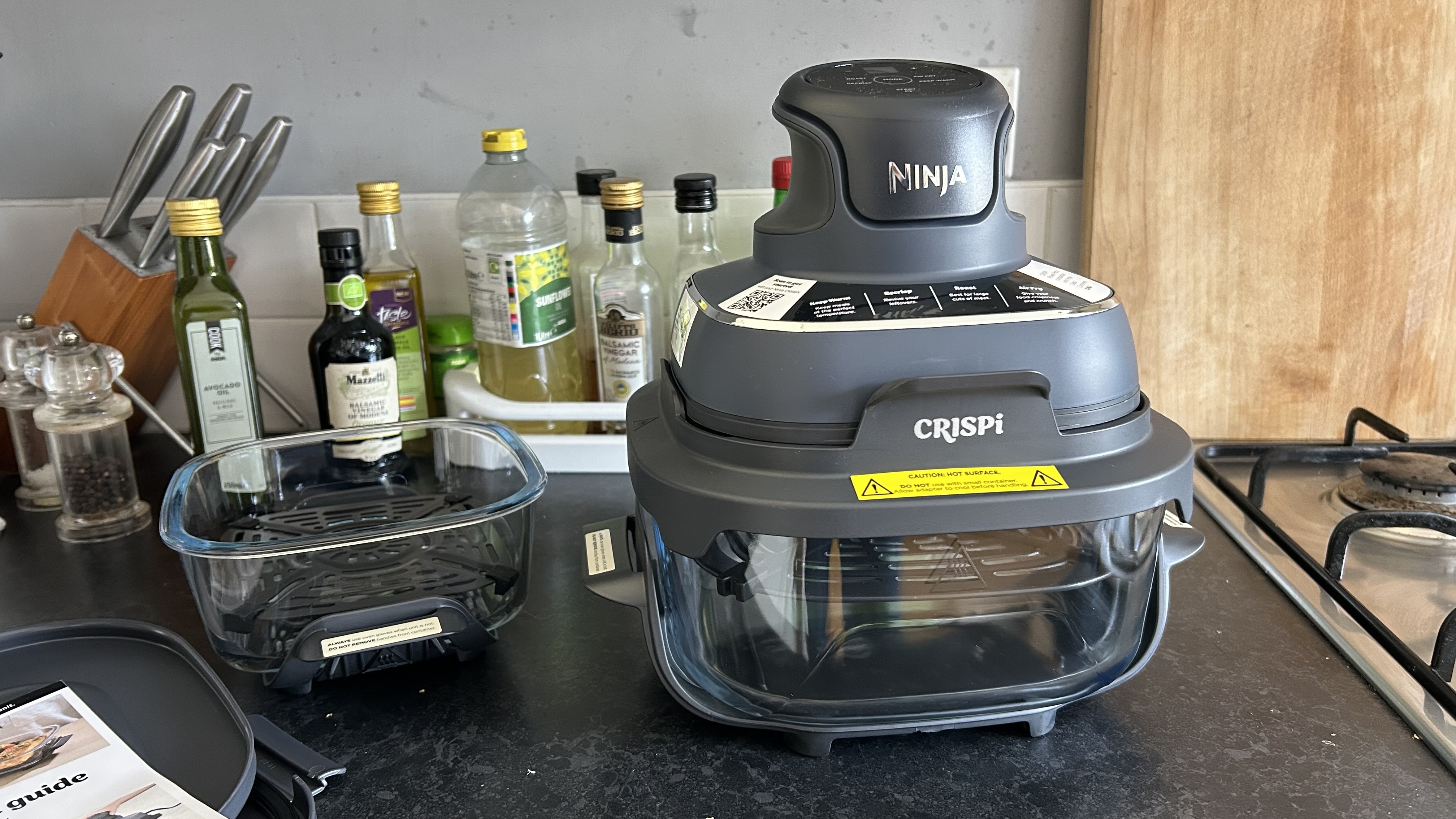 I couldn’t wait to review the Ninja Crispi portable air fryer and it doesn’t disappoint
I couldn’t wait to review the Ninja Crispi portable air fryer and it doesn’t disappointFour different cooking modes and the bonus of glass dishes makes the portable Ninja Crisp a real hit
By Rob Clymo
-
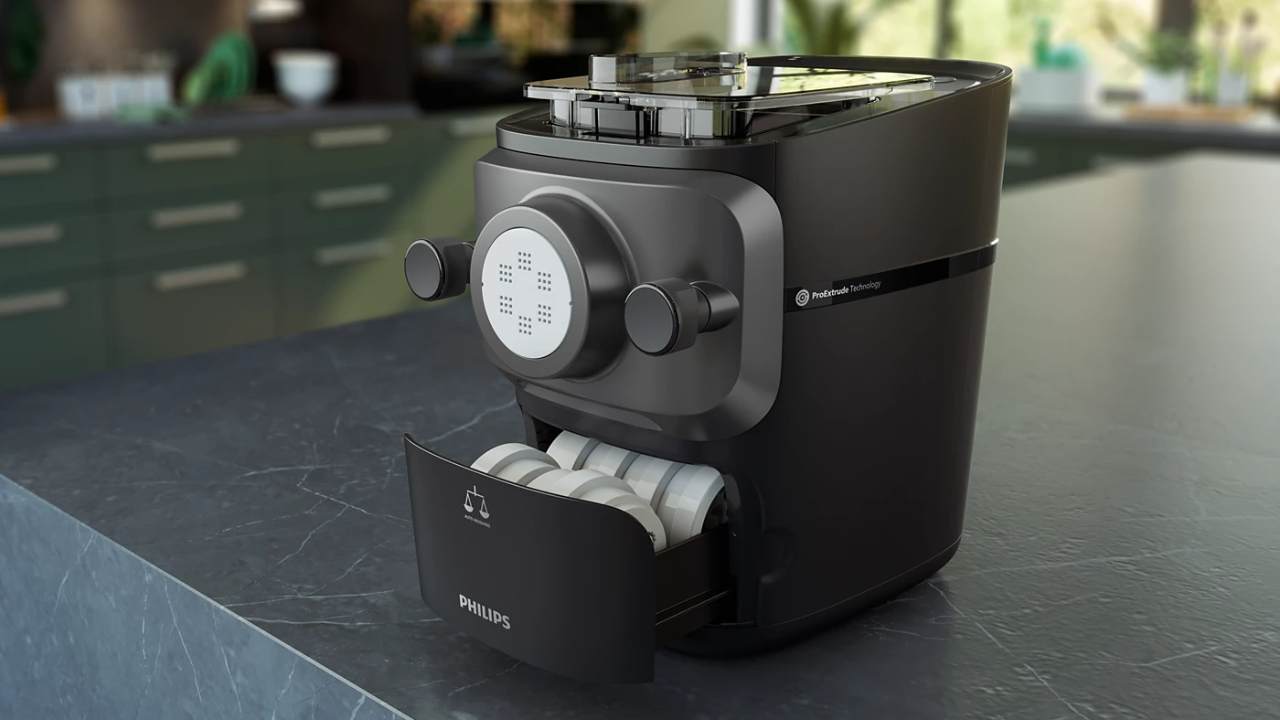 This Philips pasta maker weighs, kneads and rolls the dough for you – it’s a must for my kitchen
This Philips pasta maker weighs, kneads and rolls the dough for you – it’s a must for my kitchenThis might be the most advanced pasta maker I’ve ever seen
By Bethan Girdler-Maslen
-
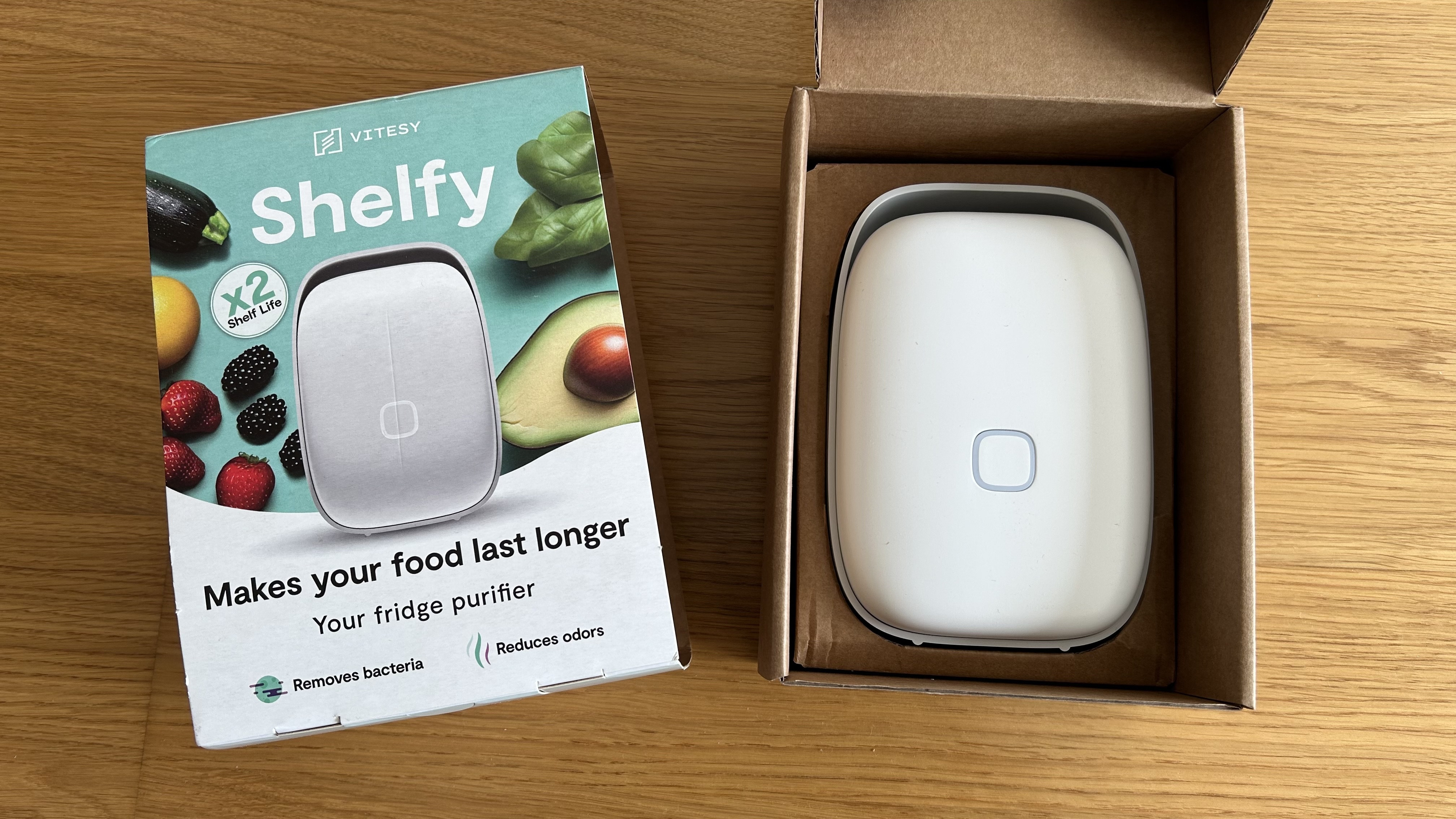 Vitesy Shelfy review: gives your fridge the feelgood factor
Vitesy Shelfy review: gives your fridge the feelgood factorThis smart home gadget can help optimise refrigerator performance, get rid of nasty niffs and make food last for longer
By Rob Clymo
-
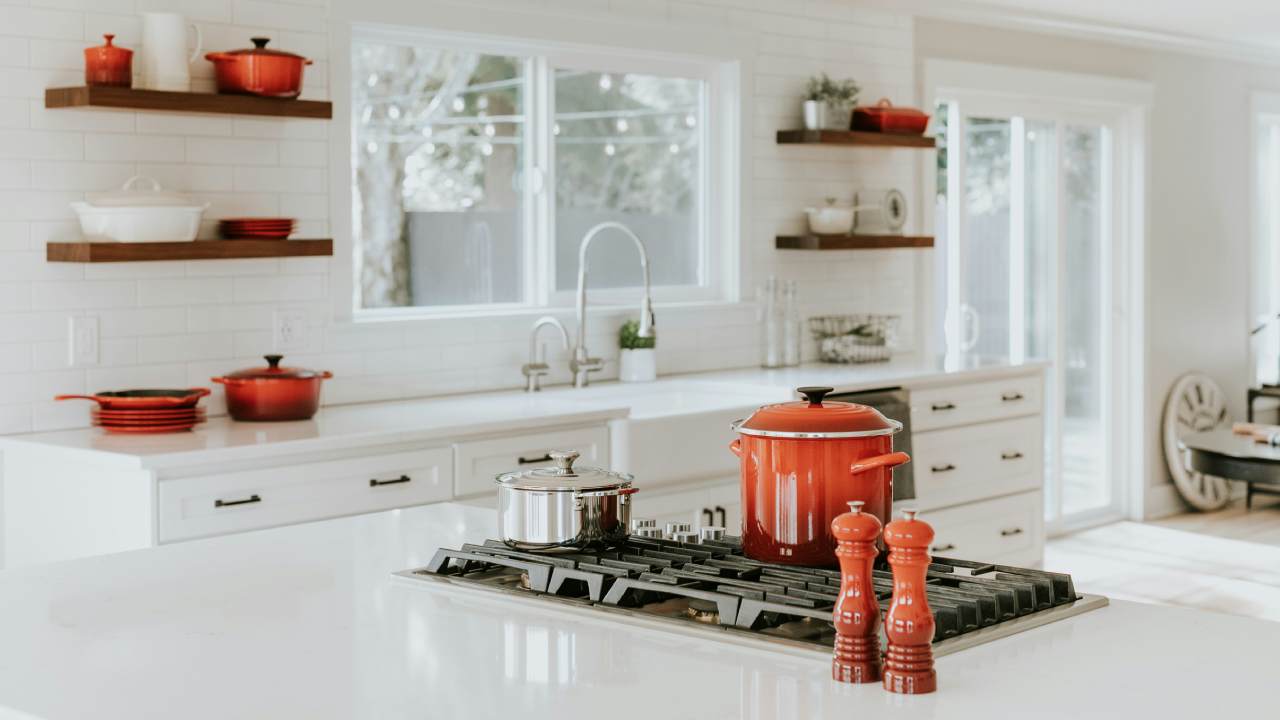 5 kitchen storage mistakes you need to stop making
5 kitchen storage mistakes you need to stop makingDoes it really matter where you keep your appliances? Turns out, yes…
By Bethan Girdler-Maslen
-
 I’m a kitchen expert – these are the 7 kitchen trends I expect to see in 2025
I’m a kitchen expert – these are the 7 kitchen trends I expect to see in 2025From shrinking air fryers to AI cameras, here are the kitchen trends I want to see next year
By Bethan Girdler-Maslen
-
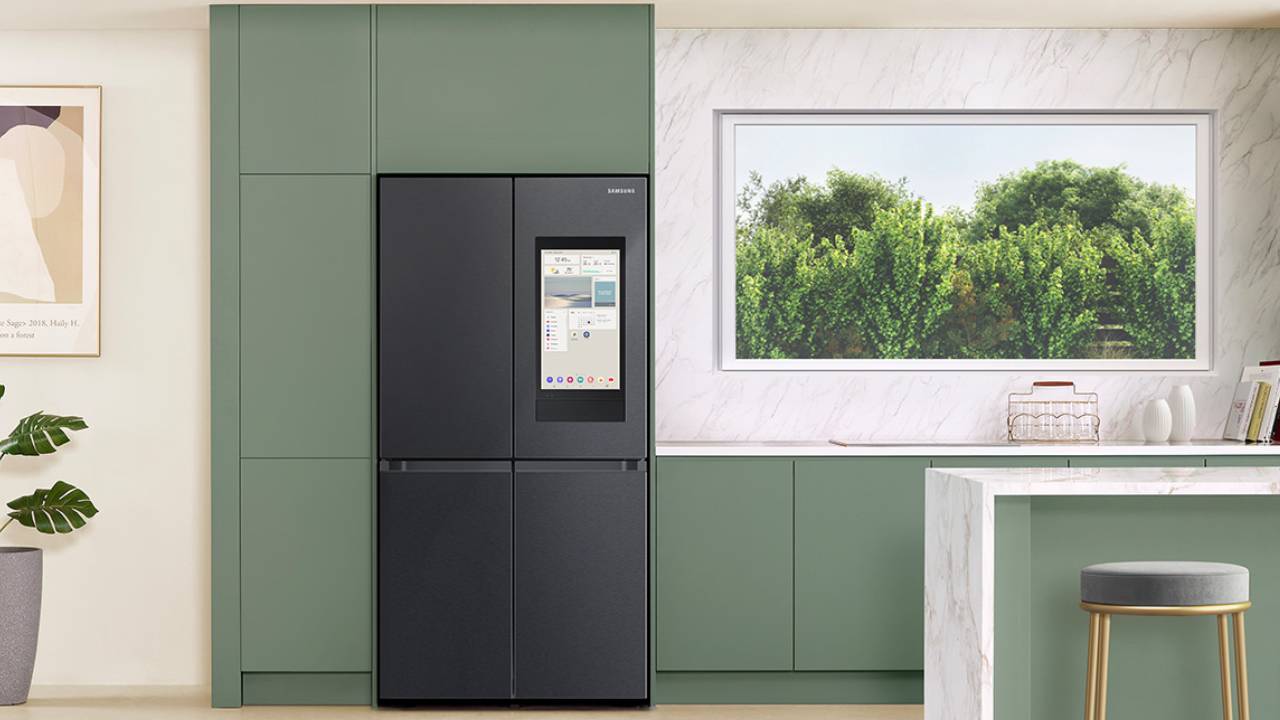 Samsung announces new AI home screens for its smart fridges and laundry appliances
Samsung announces new AI home screens for its smart fridges and laundry appliancesSamsung previews its CES launches, including new AI Home screens
By Bethan Girdler-Maslen
-
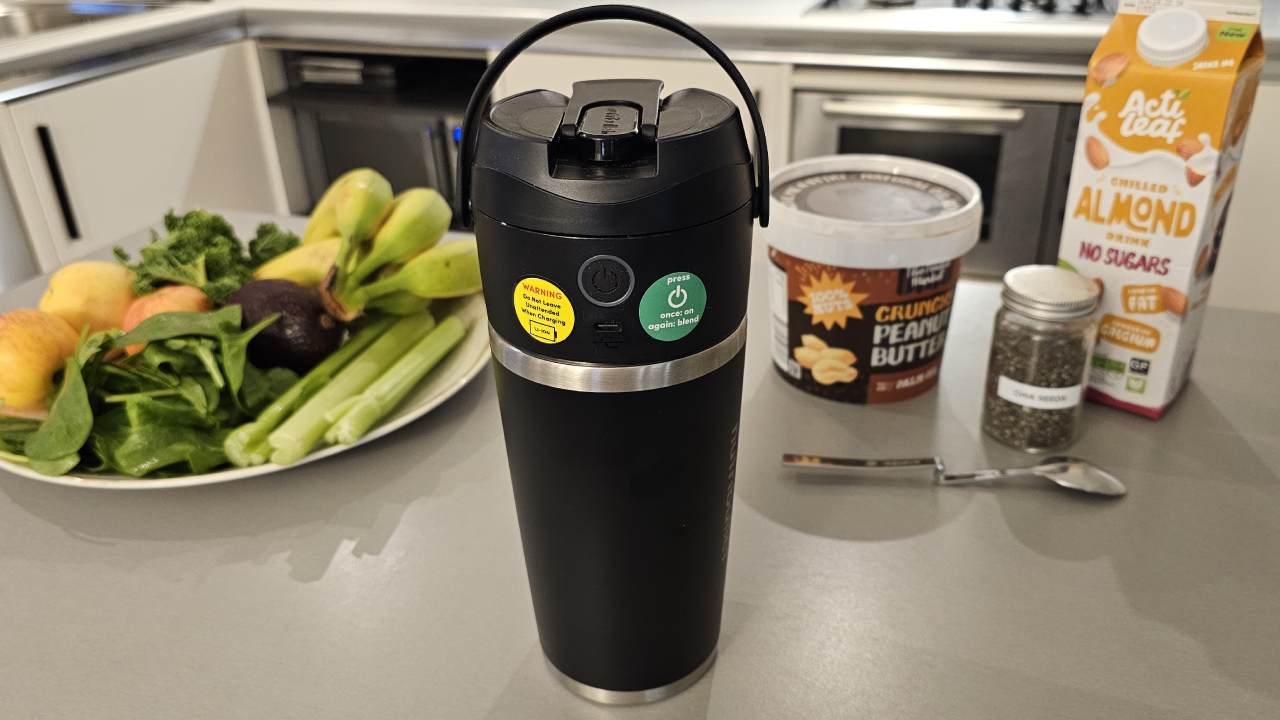 Nutribullet Flip review: a powerful, portable blender for smoothies on the go
Nutribullet Flip review: a powerful, portable blender for smoothies on the goCan this portable, insulated blender live up to its promises of powerful smoothie blitzing on the go?
By Lee Bell

